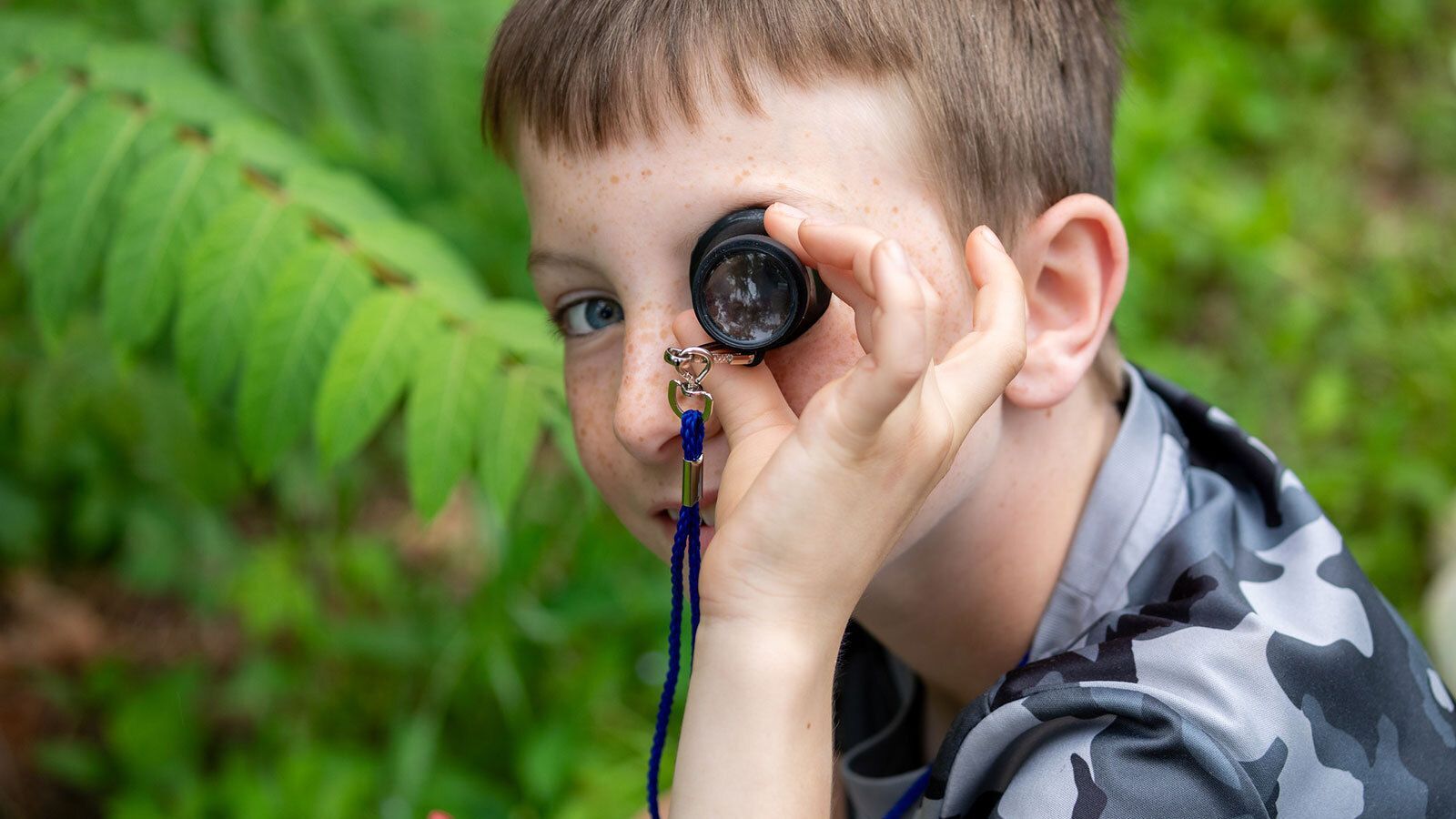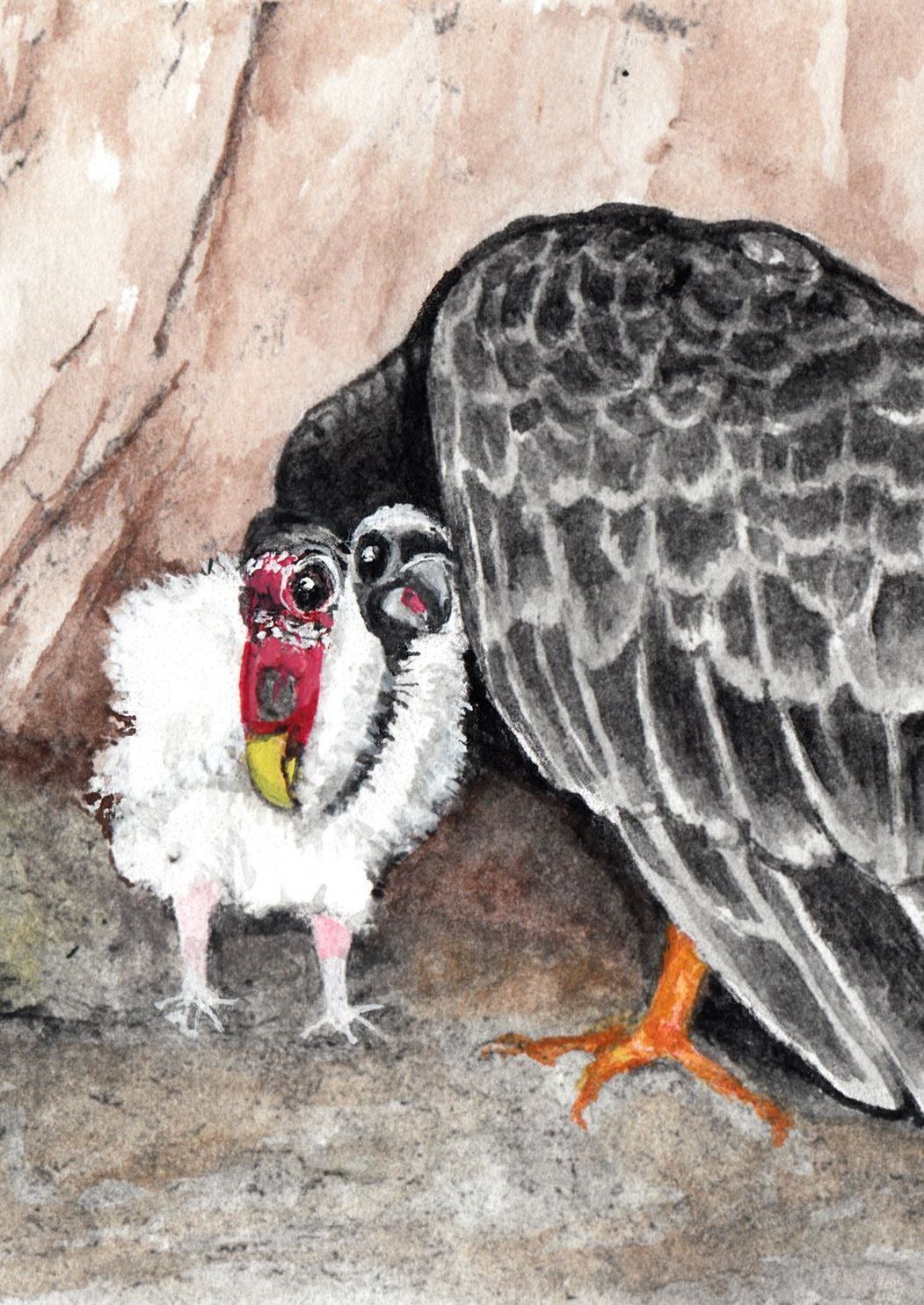Vultures have bad reputations, but why?
The misunderstood vulture deserves some of our love. Vultures are often described as ugly or even alien-looking, and their diet of dead animals might make them seem unappealing. But their bad reputation is undeserved. Let’s find out why.
Without vultures, our planet would face serious consequences. Ok, maybe that’s a bit dramatic, but they play a crucial role in keeping our environment clean by disposing of animal carcasses. Let’s dive deeper into all the reasons why vultures are so important and what makes them so unique and awesome wild creatures!
We Love Vultures
What’s not to love about these magnificent creatures? Skeptical? Well, read on to be enchanted—or at least enlightened.
First things first, they eat dead animals. When an animal dies, its body often remains where it falls and begins to decay. While it might sound unpleasant, vultures eat these carcasses, helping to prevent the spread of serious diseases like botulism and anthrax.
Now, would you rather have a vulture around or botulism? Vultures are truly the winged vacuum cleaners of our planet, keeping the environment clean and disease-free.
How Many Vultures In North America?
There are three species of vultures that live in the U.S.: the black vulture, the turkey vulture, and the California condor. The condor, the largest bird in North America, was on the brink of extinction but was saved in one of the greatest conservation success stories ever. How cool!
Most of the vultures we see soaring high in the skies here are turkey or black vultures. You might be wondering, how can you tell one from the other?
The best way to tell them apart is by looking at them in flight. The black vulture has white wingtips and is much smaller. The turkey vulture has white on the edges of its wings. And if they get closer, you’ll notice that the turkey vulture has a bald, red head, while the black vulture has a bald, black head. Easy peasy!
Cool Facts
Some of the coolest facts about vultures? They poop on their legs to stay cool. It also helps sterilize their legs from all the bacteria from the carcasses (which sounds very counter-intuitive) from all the bacteria from the carcasses.
They also have huge feet with really long toes which they use to walk and to hold down the carcass when they are eating. Their feet also help keep them regulate their body temperature and stay cool. Pretty cool! Also, when threatened, the turkey vulture will vomit on whatever is near, including you. Wow, this just gets better & better.
But why do they have bald heads and necks? Well, it is rather gross. As they bury their heads in a carcass, the bare skin (without feathers) stays cleaner. Parasites and other nasty bugs can’t cling to them without feathers, so being bald keeps them healthy.
What would the world look like with no vultures?
What happens if they disappear? Look at India in the 1990s. Cows in India are often left in the field when they die because of religious customs. Vultures ate the cow carcasses. Unfortunately, the cows were being treated with a popular drug which when ingested by the vultures, killed them.
Over 98% of the vulture population died. What happened next? Catastrophe.
Water contamination soared due to rotting carcasses. The feral dog population exploded because they had lots of carcasses to eat. Along with the dogs came rabies, anthrax and the plague. Wow, the plague!
Thousands of people died from rabies when bitten by the dogs. India spent $34 billion in additional healthcare costs because of the massive rabies epidemic. Thankfully, the drug is now banned and vulture populations are beginning to stabilize. A world without these important scavengers is not a pretty place.
How Can You Help?
So maybe now you have fallen in love with these wonderful creatures. What can you do?
Visit and support zoos that help protect them. Many zoos have vulture conservation programs. And spread awareness about what important and interesting creatures they are, either by talking about them or making your own art inspired by them, like our founder Dale!


